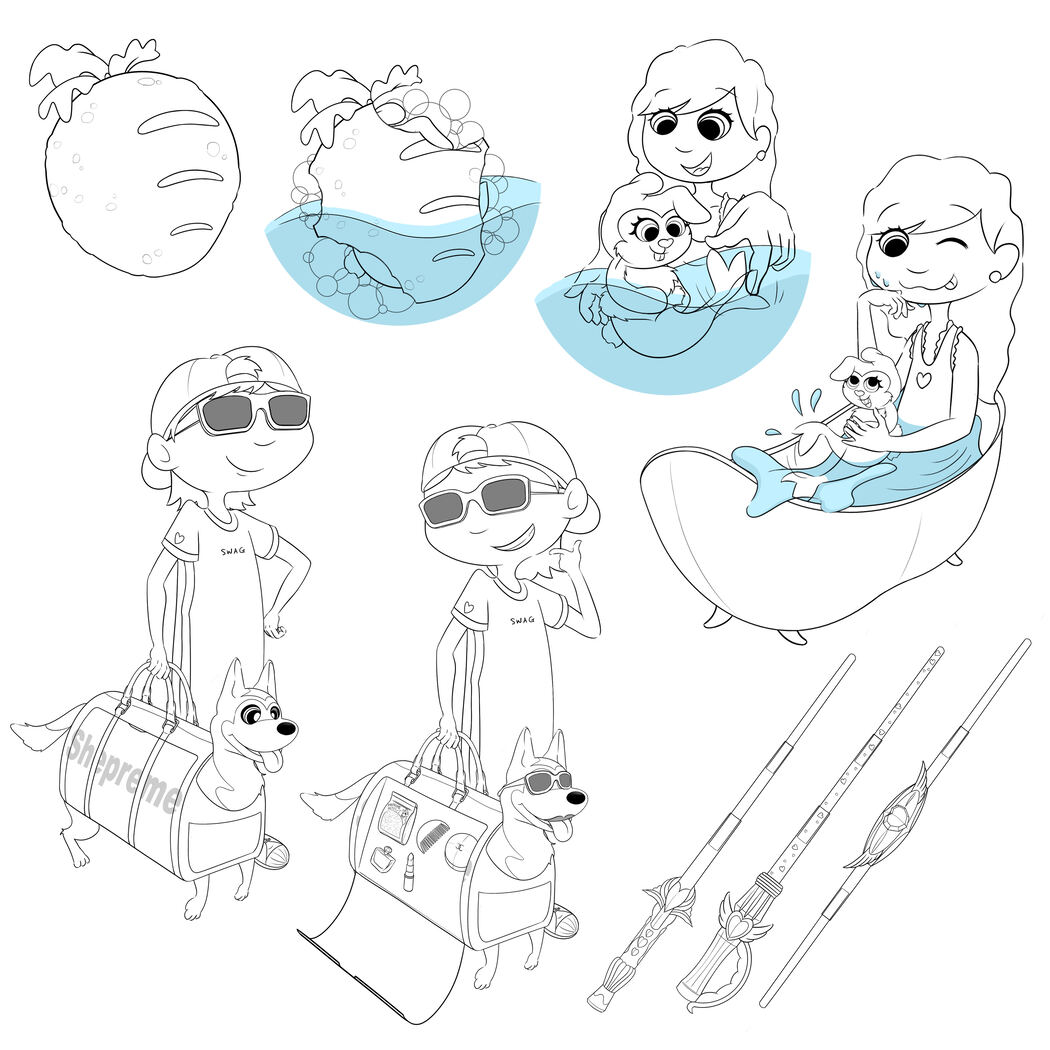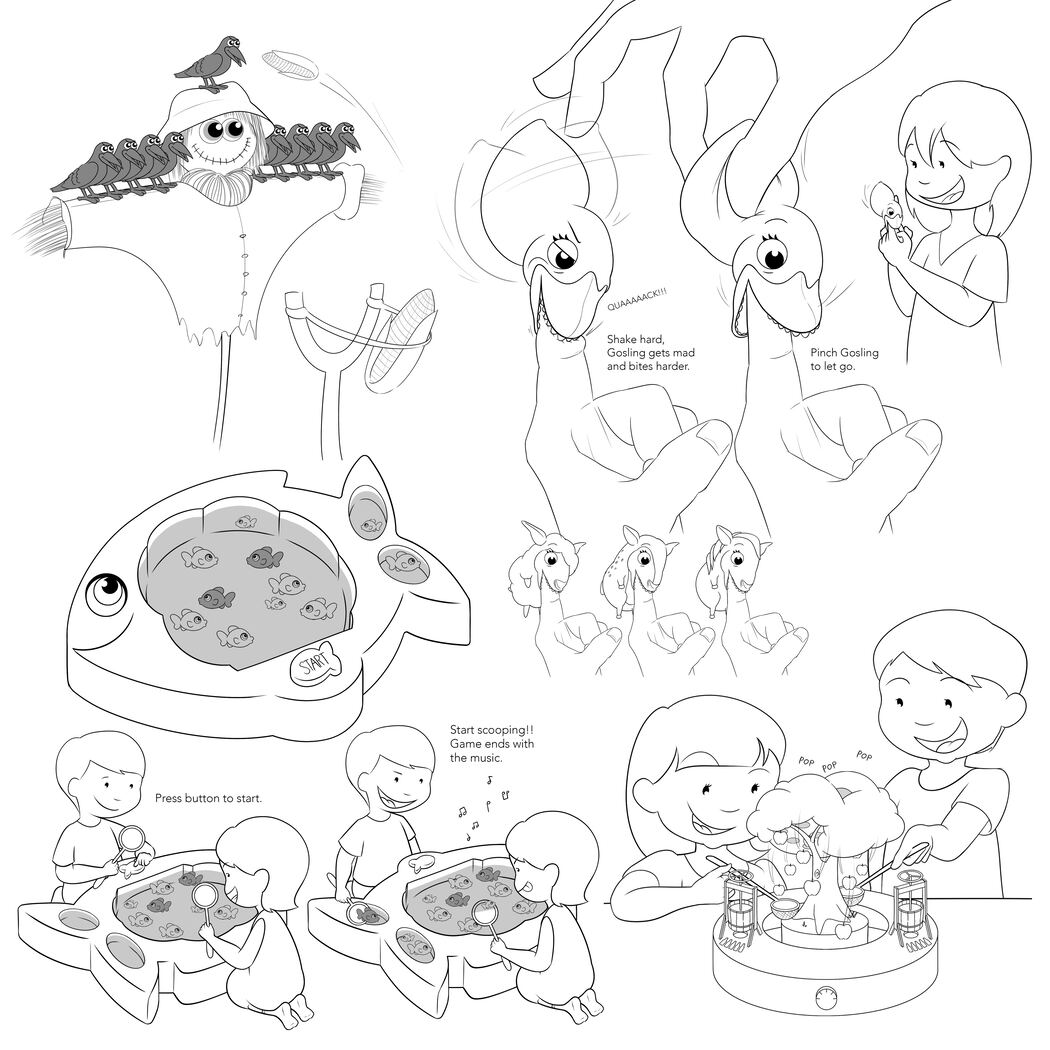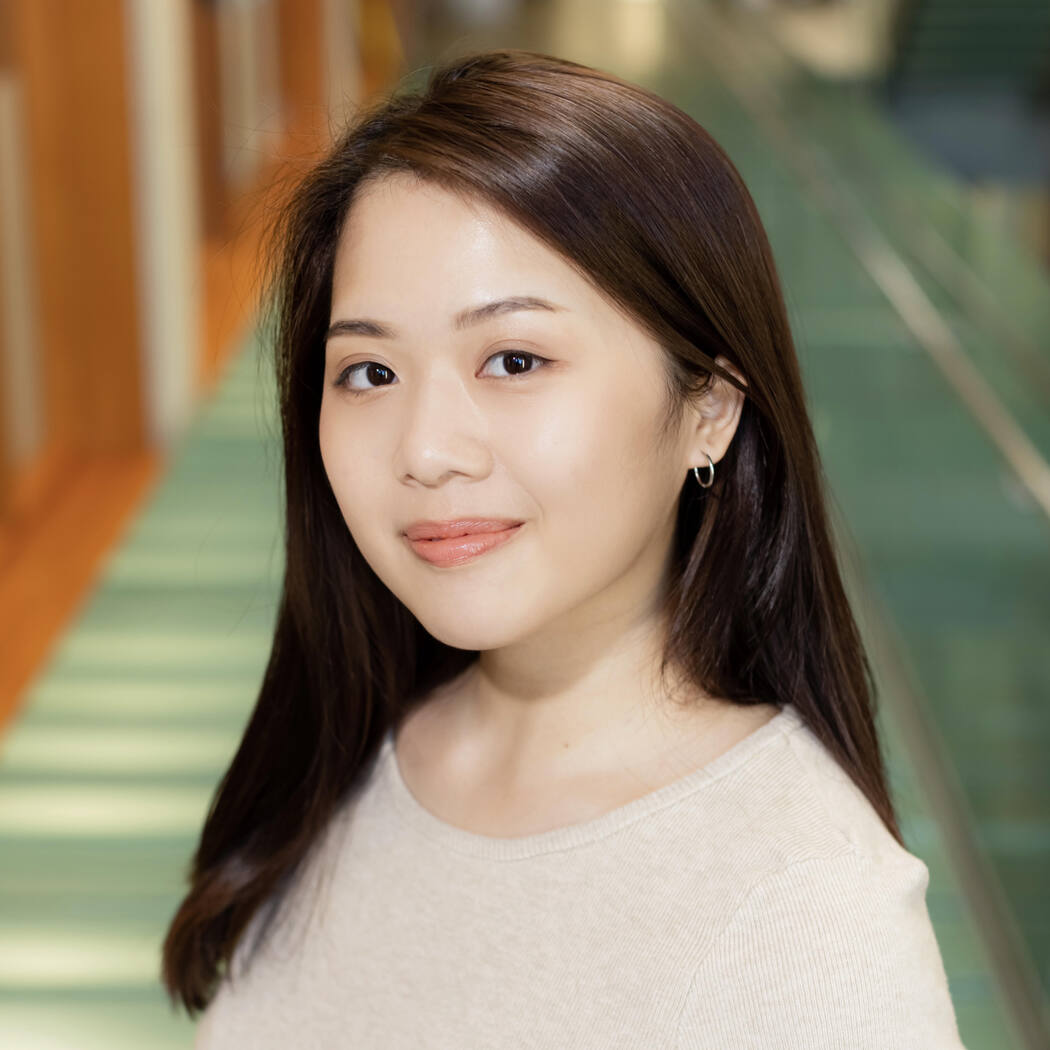Stacey Chen
Can you walk us through your journey as a multidisciplinary artist—starting from your background in industrial design and expanding into toy design, illustration, and fine art? How have these disciplines influenced and shaped your creative voice over time?
Has your training in precision and functionality through industrial design ever clashed with the more emotional or abstract instincts behind your artistic work? How do you navigate that tension?
Absolutely. Industrial design taught me to think systematically—every decision needs a rationale. But art thrives in ambiguity. At times, it’s felt like a push-and-pull between logic and intuition. I used to struggle with giving myself permission to create something purely emotional or absurd, without a clear “use case.” Over time, though, I’ve learned to see that tension as productive. The discipline of design brings structure to my creative chaos, while my art practice injects playfulness and unpredictability into my design thinking. Together, they help me tell richer, more layered stories.
 Stacey Chen | Wacky Medusa
Stacey Chen | Wacky MedusaWhen beginning a new project, how do you decide which “hat” to wear—designer, illustrator, sculptor—or do you find that these roles have started to merge into a more fluid creative process?
Those roles have definitely started to blur. I rarely enter a project thinking, “this is just an illustration” or “this is purely a product.” Instead, I start with a character, a feeling, or a visual impulse, and then I follow it through the lens that best suits the idea. Sometimes that means building it out as a sculpture or prototype; other times, it lives best as a drawing or digital composition. I’ve reached a point where my process feels more like world-building than category-making—each medium is just a different way to explore that world.
Are there any recent works you’d like to share that illustrate how your multidisciplinary background comes together in practice?
Yes—my Wacky Medusa series is a perfect example. It began as a set of expressive character illustrations, but the way I approached her—thinking in terms of collectible poses, toy-like accessories, and exaggerated emotional cues—was deeply informed by my toy design background. At the same time, the composition and layering of text and symbols reflect my graphic design instincts. And conceptually, the piece opens into more symbolic territory—channeling mythology, internet culture, and identity—which is where my fine art practice starts to take shape.

Wacky Medusa feels like a character that could leap off the page into 3D. How has your experience in toy design shaped the way you think about character development, physical form, and emotional expressiveness in that series?
Toy design taught me how to create characters that feel alive—even when they’re still. When I designed Wacky Medusa, I thought about her as a physical object: how would she stand? What would her silhouette look like from every angle? What parts of her design could be interchangeable, like accessories or mood variants? Her expressions are intentionally exaggerated because I’ve learned that clarity and emotion need to be instantly readable in both toys and illustrations. That design sensibility helped me bring a sense of dimensionality to her even in 2D form.
The blending of Chinese phrases, manga aesthetics, and Western mythology in Wacky Medusa feels intentional and layered. How do you see cultural hybridity influencing the humor, tone, or impact of the series?
As someone with a cross-cultural background—growing up Taiwanese and now working internationally—I often move between cultural languages, visually and literally. In Wacky Medusa, I intentionally mash up references from East Asian pop aesthetics, classical mythology, internet meme culture, and traditional Chinese phrases. Humor, for me, often lives in those collisions: what feels sacred in one context might feel ridiculous in another, and vice versa. I think cultural hybridity adds both friction and richness. It’s not just about visual style—it’s about navigating multiple identities and using humor to subvert or reclaim them.

Looking ahead, are there any formats or mediums—like animation, sculpture, AR, or something else—you haven’t explored yet but would love to experiment with in the future?
Definitely. I’d love to bring my characters—especially ones like Wacky Medusa—into more immersive or interactive formats. I’m particularly interested in sculptural or collectible pieces that blur the line between art object and toy, and I’d also love to explore short-form animation to expand her personality through motion and sound. Down the line, experimenting with AR or interactive web-based experiences could be a fun way to let viewers “play” inside these imagined worlds. I’m always looking for new ways to bring my characters to life—tactilely, digitally, and emotionally.


Leave a Reply